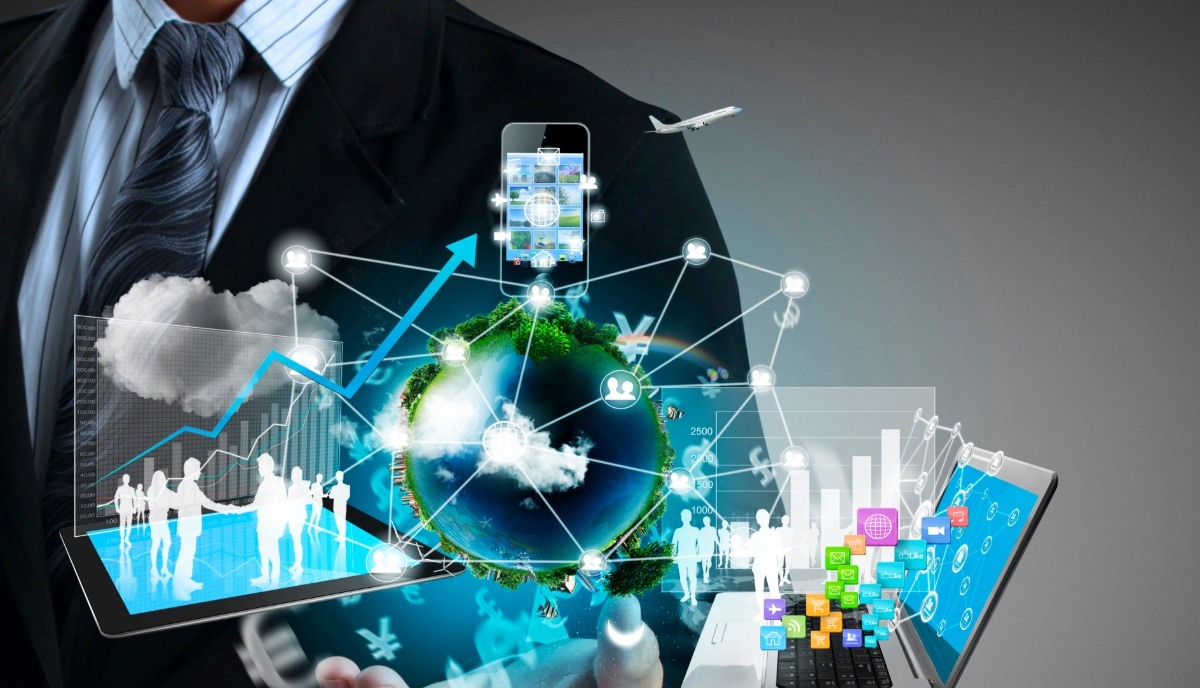Here Are The Top 10 Strategic Technology Trends For 2020

We are approaching the end of 2019 but the tech world is already buzzing with the anticipation of new technology trends that will arrive with the onset of 2020.
And just like every year, Gartner has released its list of ten strategic technology trends for 2020 and presented it during Gartner IT Symposium in Orlando.
According to Gartner, strategic technology trends can be defined as those with “substantial disruptive potential” that will soon be adopted broadly and have a significant impact, or rapidly grow into a “high degree of volatility reaching tipping points over the next five years.”
Top 10 strategic technology trends for 2020:
1. Hyperautomation
Hyperautomation is about integrating multiple machine learning models, automation, processes, and tools to deliver work. It is not just about using a variety of tools but also about all of the steps of automation itself. This trend emerged with robotic process automation (RPA), but RPA alone is not Hyperautomation.
2. Multiexperience
In the next few years, the user experience will undergo a major shift in how users perceive the digital world and interact with it. Multiexperience is about shifting to a more dynamic interface like AR, VR, and mixed reality.
3. Democratization of Expertise
This is about the latest technologies made available to end-users through organizations with the help of AI and ML. Gartner expects four key aspects of the democratization trend to emerge by 2023:
- democratization of data and analytics
- democratization of development
- democratization of design
- democratization of knowledge
4. Human Augmentation
Human augmentation is about taking advantage of technology to augment humans both physically and cognitively. For instance, in physical augmentation, we can change the capabilities of human bodies implanting a chip. Whereas cognitive augmentation means obtaining information and utilizing apps on conventional computer systems to provide multiexperience interface in smart spaces.
5. Transparency and Traceability
These two factors are gaining importance for organizations at a rapid speed as the society now demands to understand how their personal data is being used, managed and secured. So transparency and traceability extend to digital ethics, privacy needs, regulatory requirements, etc.
6. The Empowered Edge
The computing topology has changed in a way where information processing, content collection, and delivery is conducted closer to the sources, repositories, and consumers of the data. This reduces latency and also allows some amount of autonomy on edge devices.
7. Distributed Cloud
With distributed cloud, the physical location where data centers are established becomes more important because it can address issues like regulation and latency.
8. Autonomous Things
It involves the increase in robots, drones, autonomous vehicles and how we look at them and their underlying technologies. As we gain technological advancements more autonomous things will be deployed in uncontrolled public spaces.
9. Practical Blockchain
The term practical blockchain has been coined because blockchain has been around for quite some time and it has seen a slow commercial deployment because of technical and management issues. So the future will be about taking a pragmatic look at understanding and making something useful out of blockchain.
10. AI Security
It’s about how security is integrated with AI and create opportunities to enable hyperautomation. It is also about solving new challenges for security teams and dealing with potential points of attack in IoT, cloud computing, etc.
Also Read: Researchers Develop Software To Extend WiFi Range By 200 Feet





